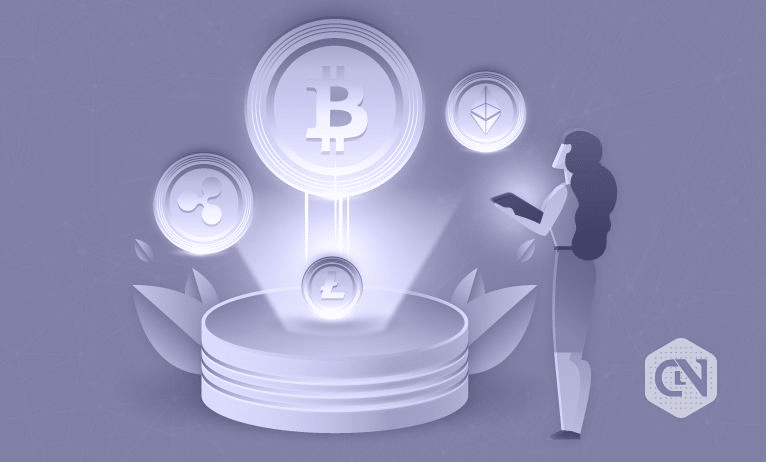
[ad_1]
5 years in the past, it was laborious to think about that there can be hundreds of cryptocurrencies which are really easy to purchase. However, as is usually the case, with variety got here sure difficulties. The present state of issues within the blockchain trade appears to be a scattered one. There are various blockchain networks, and every of them, comparable to Ethereum; Solana; and Concord; may have a number of protocols; qualities; and dApps.
However every blockchain may have its personal benefits, which customers of different blockchains wish to strive as nicely. So, there’s a fast-emerging want for transferring tokens and cash throughout numerous blockchains.
How do you do it?
A technique of implementing a swap throughout totally different blockchains, which just about all customers should cope with, is utilizing cross-chain bridges. Nonetheless, it takes a number of money and time:
- Customers must determine which bridge they need to use between two networks, after which determine which tokens may be Multi-Chain swapped on the bridge;
- Customers want to search out and choose a DEX on the supply community that may swap Token A to one among these limited-bridge tokens;
- Customers must swap Token A to one of many restricted bridge tokens accepted by the community bridge;
- Customers settle for the swap and pay gasoline charges + DEX commissions within the coin of Token A’s native community;
- Customers then should full a Multi-Chain swap of the restricted tokens by means of the bridge;
- Customers settle for the Multi-Chain swap and pay transaction gasoline charges + bridge commissions within the coin of Token A’s native community;
- Customers then want to search out and choose a DEX that may swap the wrapped model of this restricted token to Token B on the goal community;
- Customers then must swap the goal community’s wrapped model of the restricted bridge token for Token B;
- Customers settle for the swap, and pays gasoline charges + DEX commissions within the coin of Token B’s native community;
- Customers obtain Token B.
You possibly can see that whereas it’s the only technique that involves thoughts at first, it takes extreme quantities of time and vitality. Furthermore, customers can lose some huge cash on trade commissions and costs. Furthermore, it’s generally laborious to search out the wanted coin pair, particularly for newer tokens. You would need to execute a double conversion. Moreover, most exchanges require KYC.
Fortunately, some key tasks are engaged on quick and straightforward options, which are typically known as Cross-Chain Protocols. They allow swapping an enormous quantity of tokens between a number of networks with out KYC and a number of steps.
And since Cross-Chain is now a development in Crypto, tasks have quite a few alternatives to enhance their options and grow to be the chief in Multi-Chain growth. One nice instance of steady enchancment is Rubic’s Multi-Chain Protocol. The challenge not solely works on steadily connecting new blockchains, however constantly enhances the standard of their Multi-Chain function.
For now, Rubic has 8 blockchains linked to it, which implies you’ll be able to simply switch tokens between BSC, Polygon, Ethereum, Fantom, Moonriver, Avalanche, Solana, and Concord within the simplest way attainable – and with only one click on.
Speaking about fixed enchancment, the Rubic workforce just lately got here out with their new Good Routing function. Newly built-in DEXs will enable Multi-Chain Routing to provide the very best charges on the tokens they need to purchase. Within the close to future, Rubic is purportedly planning so as to add much more DEXs and blockchain networks to their Multi-Chain Routing system.